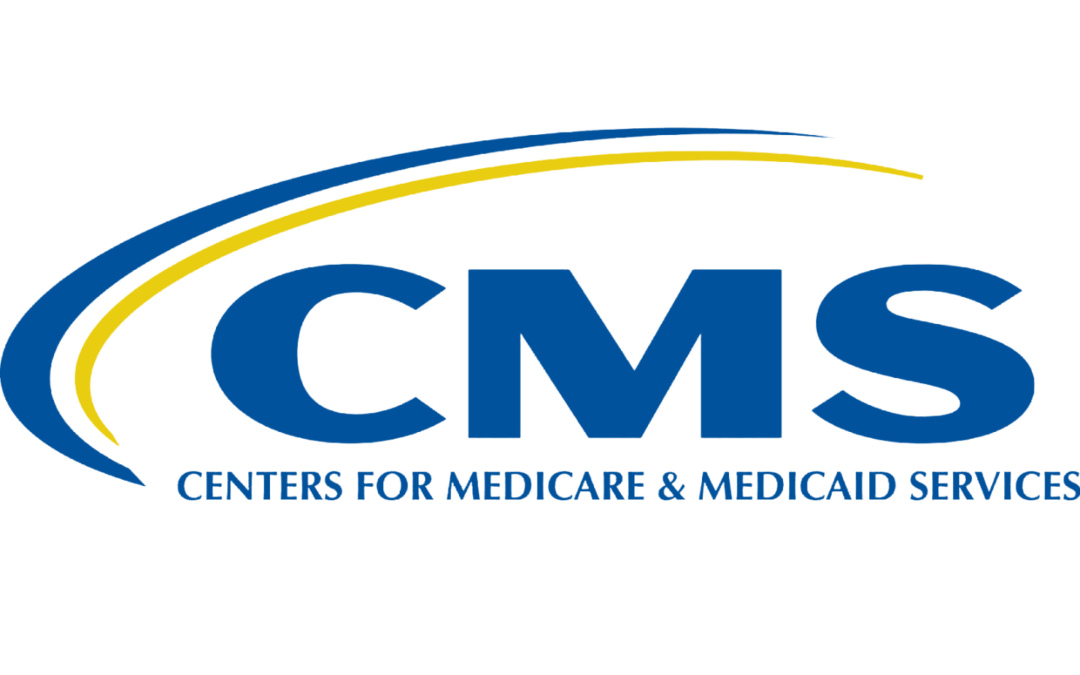The AMA has a series called “What’s Wrong with Medicare Physician Payment,” and 4 of the 6 points in this article address the weaknesses of the Quality Payment Program (QPP). Three of those focus around issues related to the Merit Based Incentive Payment System (MIPS). I spend a lot of my time trying to understand MIPS and find ways for wound care and hyperbaric medicine physicians to survive the QPP. It feels a bit like the tax system. Since we can’t change it, all we can do is take advantage of every legal method to minimize its impact.
For the last two years, the U.S. Congress has failed to stop across-the-board physician pay cuts under Medicare. (To say nothing of the fact that the Medicare trust fund is bankrupt – depending on which numbers you believe.) In 2023, a 2% pay cut took effect. This year, physicians are seeing another 1.68% pay cut. The impact of the combined 3.68% Medicare physician pay cut comes on the wake of the COVID-19 pandemic, physician and health worker shortages, rising inflation, and the revenue disruption caused by the Change Healthcare cyber attack.
Physicians are about the only Medicare providers whose payment is not tied to inflation, so they have watched inflation-adjusted payments fall dramatically since 2001. Physician payments are further eroded by frequent and large payment redistributions caused by budget-neutrality adjustments. While I am appalled at the behavior of the practitioners gaming the “skin substitute” (CTP) payment system, I suspect many have rationalized their behavior in part because they are struggling to make ends meet when playing by the rules.
MIPS was a well-intentioned effort to improve the quality of care provided to Medicare patients. The quality of medical care in the USA is highly variable, of that there is no doubt. However, its reporting requirements are burdensome and clinically irrelevant, as far as anyone can tell. It’s not just the quality measures that are largely irrelevant, particularly to wound care practitioners. Here’s an overview of the entire program through the lens of wound care.
It’s not just the quality reporting component of MIPS which has been unsuccessful. The Centers for Medicare & Medicaid Services’ (CMS) clinical data registry approval process under the MIPS program is complex and cumbersome, and there is almost no way for physicians to leverage their participation to inform practice decisions. I am the Executive Director of one of those registries (the US Wound Registry – USWR) and there are no funding sources to enable a truly independent analysis of quality of care or cost effectiveness.
It’s nice to talk about value-based care, but to be successful, physicians in MIPS need access to a wide range of information on a timely basis to understand gaps in care and identify opportunities to improve health outcomes, reduce variations in care delivery or eliminate avoidable services—all steps that can lower costs for patients and the Medicare program. However, MIPS doesn’t faciliate that, and the recent attempt by CMS to even calculate the cost of “non-pressure ulcers” was deeply flawed.
- Calculating the Medicare Cost of a Chronic Ulcer – the Answer Might Determine the Future of Wound Care – Caroline Fife M.D. (carolinefifemd.com)
- More Trouble with Field Testing… – Caroline Fife M.D. (carolinefifemd.com)
- Quick Guide to Reviewing Your Medicare Field Test Report – Caroline Fife M.D. (carolinefifemd.com)
Don’t let the fact that I blog a lot on MIPS deceive you into thinking that I like it. By any measure, MIPS s a failure when it comes to improving patient quality of care or outcome. That’s particularly true for the 16% of Medicare beneficiaries who have chronic, non-healing wounds. However, since we are stuck with the Quality Payment Program, I will continue to look for ways to make it work for wound care practitioners and their patient, like developing wound care specific quality measures. Whether anyone can make lemonade out of this lemon remains to be seen.
–Caroline
Related Articles:

Dr. Fife is a world renowned wound care physician dedicated to improving patient outcomes through quality driven care. Please visit my blog at CarolineFifeMD.com and my Youtube channel at https://www.youtube.com/c/carolinefifemd/videos
The opinions, comments, and content expressed or implied in my statements are solely my own and do not necessarily reflect the position or views of Intellicure or any of the boards on which I serve.



